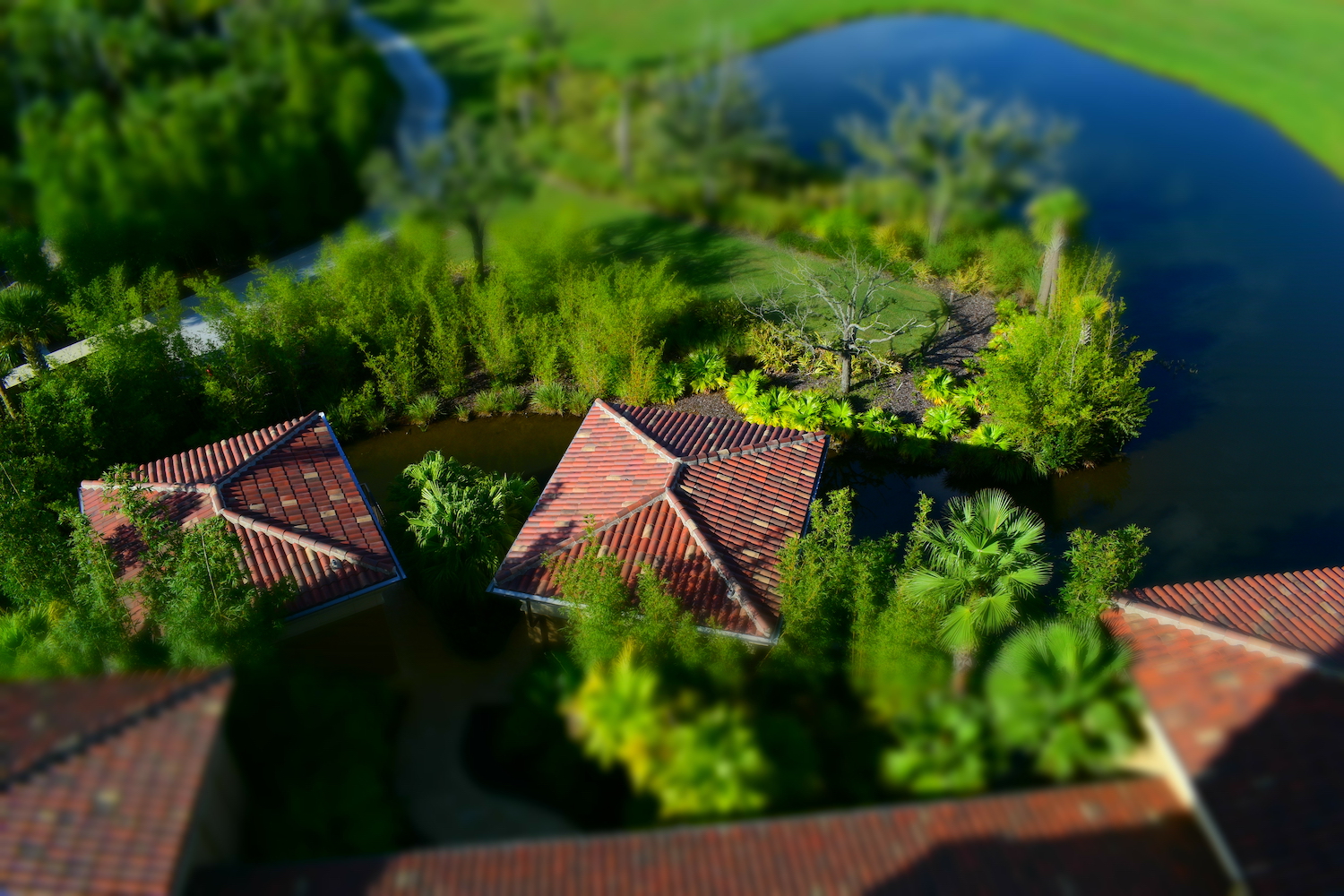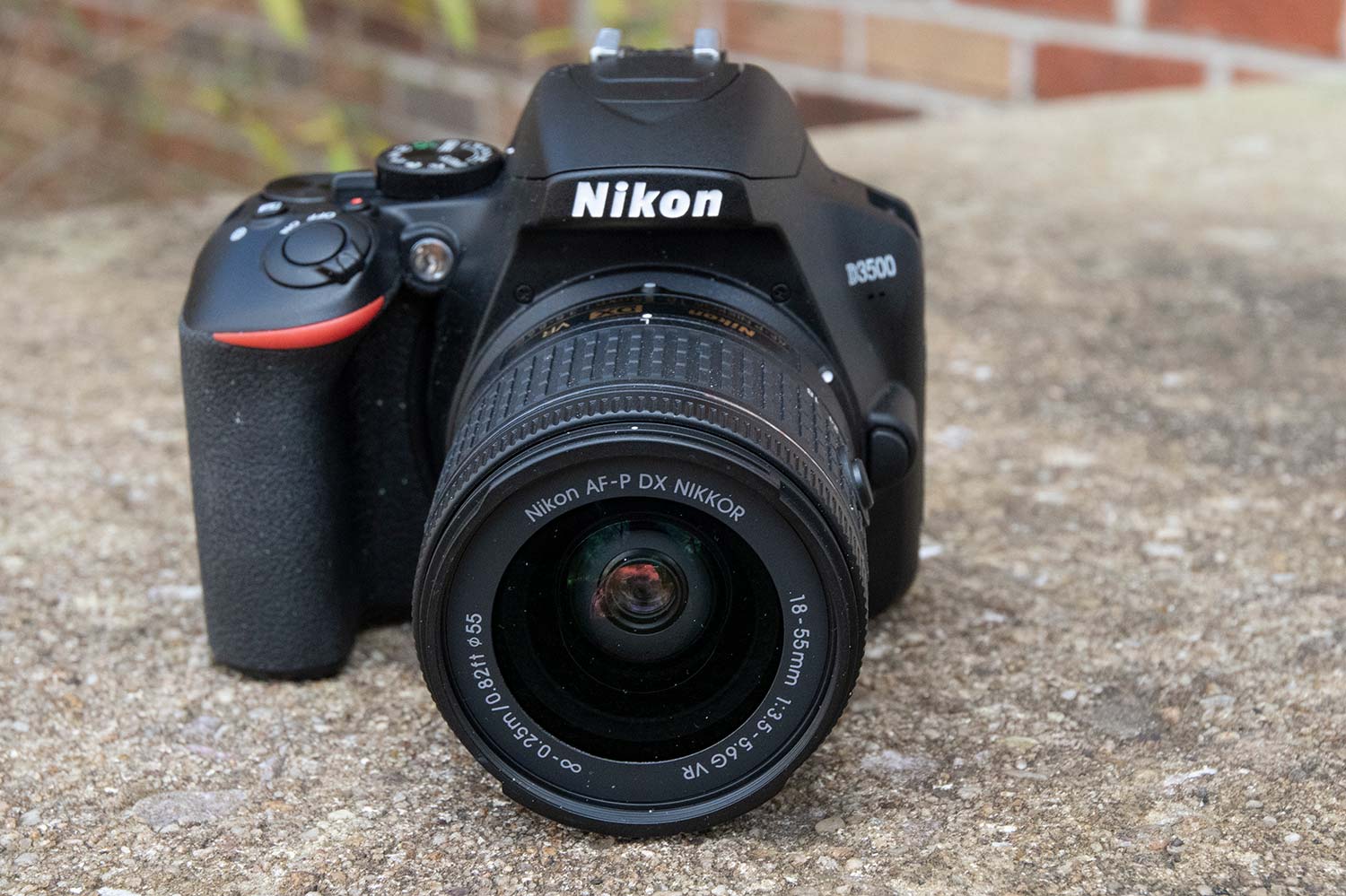Tom's Guide Verdict
Like its D3400 predecessor, the new Nikon D3500 is a modestly priced but well-equipped camera that takes really good pictures and is an excellent learning tool for those new to DSLRs.
Pros
- +
Affordable
- +
Good image quality
- +
Feature-rich
- +
Excellent battery life
- +
In-camera raw processing
Cons
- -
Fixed LCD
- -
No touch capabilities
- -
Modest video AF performance
Why you can trust Tom's Guide
Nikon's new entry-level DSLR, the D3500 isn't a radical departure from the D3400, but then again, the company didn't need to change much.
While it has the same feature set and capabilities as its predecessor, Nikon tweaked the size, weight and control layout, making the new model slightly smaller, lighter and easier to operate. It also delivers improved battery life and the ability to trigger the camera via the SnapBridge app. Not bad for less for less than $500, which is why it's the best DSLR camera for beginners. Find out why it also made our list of the best cameras.
Who is the Nikon D3500 for?
The Nikon D3500 will appeal to beginners and enthusiasts on a budget. Its guide modes make it great for students or those learning about photography. If you're looking for something a little more advanced, check out the Nikon D5600. Want to know the difference between the two cameras? Read our Nikon D3500 vs. D5600 comparison.
Nikon D3500: Price and availability
As of this writing, the D3500 costs $496.95 on Amazon and comes with a 18-55mm f/3.5-5.6G VR lens. A separate $596 bundle includes the 18-55mm lens and a 70-300m f/4.5-6.3G lens.

Nikon D3500: Design
Nikon slimmed down the D3500's body just a little; it now measures 4.9 x 3.9 x 2.8 inches and weighs 12.9 ounces, versus the D3400's 4.9 x 3.9 x 3.0-inch, 14-ounce body. Its compact size and weight makes it easy to use the camera all day without strain, even with the longer 70-300mm kit lens. The camera's deep handgrip is comfortable to hold.

I thought that the D3400's control layout was quite good, but I like the D3500's control revisions even better. Dedicated controls are aligned to the right of the LCD, with the flash button on the back panel just to the left of the viewfinder. A live view switch sits adjacent to the mode dial and flips live view on/off with just a flick of your forefinger.
I don't know about you, but I'd be willing to pay a little more to have an articulated or tilting touch-screen LCD. This makes it easier in Live View to shoot overhead or low-angle photos. And, if you're out in the bright sunlight, angling the LCD helps alleviate glare on the screen so you can more easily read the menus and review your images. For that, you'll have to step up to the Nikon D5600, which costs a few hundred more.
Get instant access to breaking news, the hottest reviews, great deals and helpful tips.

Nikon D3500: Interface
The D3500's Guide Mode provides assistance for setup, shooting playback and retouching images. Located on the mode dial, the Guide's directions — available in basic or advanced operation options — are simple and easy to follow. They range from setting image quality to softening the background in a portrait. The latter (shallow depth of field) is manually achieved by setting the aperture to a low f/stop number and the Guide Mode outlines the process.

The D3500 also has more advanced controls to satisfy those who already have some photographic skills. In addition to full manual and semi-manual exposure modes, this DSLR offers a selection of white-balance options, including the ability to manually create a custom white balance. You'll also find picture controls, including Standard, Neutral Vivid Landscape and Flat, to name a few. More important, picture-control parameters — sharpness, clarity, contrast, brightness, saturation and hue — are adjustable so you can create your own custom version. And, you can even add copyright information to your images right in the camera.
As much as I think the Guide Mode is helpful for newcomers, there are two caveats. If you cut your photographic teeth on the Guide Mode and then switch to semi-automatic and manual exposure modes, it's easy to get confused. Some settings, like image quality, are located in the Setup menu in Guide Mode but in the Shooting Menu and the "i" button menu for other modes such as PSAM.
The other disconnect between the Guide Mode and PSAM is that settings are not consistent. For example, if you change the image quality to Normal while in Guide Mode, the setting change does not carry over in PSAM modes, so be sure to check your settings before you start shooting.
Nikon D3500: Image quality
Like the D3400, the D3500 has the same resolution — 24MP — but has an updated sensor and EXPEED image processor. There's no word about what those updates entail, though, since most of the specifications between the D3400 and D3500 remain the same (an increased battery life is the main exception). Both models are known for their ease of use and top-notch image quality in their price class.


It's no surprise, then, that the Nikon D3500 delivered consistently good pictures with colors that were well-saturated and accurate. Exposure was almost always spot on regardless of the type of metering used (matrix, center-weighted or spot).

Nikon D3500: Video quality
Likewise, video clips exhibited accurate colors and exposure. The camera was able to retain good details in shadows and highlights even under relatively high contrast lighting.
Nikon D3500: In-camera editing tools
One of the benefits of shooting with the Nikon D3500 is its extensive retouch menu. Go into Playback, hit Menu and you're presented with a long list of options for editing still and movie files. Notably, the D3500 can process RAW files in-camera so you don't have to worry about whether your software supports RAW processing for this specific camera. If you'd like to have more control over RAW processing, check out Nikon's free Capture NX-D software.

Other retouching features include a quick, automatic retouch, resizing, D-Lighting (to help bring out details in shadows), red-eye correction, distortion control and vignette correction. Creative effects such as monochrome, image overlay, color outline, photo illustration, selective color and miniature effect are also available.

These effects can be applied and a separate copy saved after you've captured the image. Or you can switch the mode dial to Effects and apply them to the original image as you're shooting. Some Effects are also available when shooting movies.

Nikon D3500: Battery life
Battery life has been improved by about 350 shots per charge to 1,550 on the D3500 — even though both the D3400 and the D3500 use the same battery, the EN-EL14a. This means you should be able to shoot for at least a couple of days without having to recharge if you're a prolific picture-taker. For more moderate everyday use, I found that the battery lasted a week, with a little bit of charge left over.
Nikon D3500: Smartphone features
I have mixed feelings about Nikon's Snapbridge app, which is available for iOS and Android smart devices. On the plus side, you can easily transfer images from the D3500 to a smart device via Bluetooth, either by selecting individual images or downloading them all. You can even have the camera automatically transfer images as you shoot them or while the camera is off.

The SnapBridge app allows you to choose the resolution (full or 2 megapixel for faster transfer). You can also sync the time and location from your smart device. More often than not, the pairing of the camera and the device goes smoothly when following directions on the camera and the app.
While you can shoot remotely via your smartphone, you're not able to preview the shot on your phone's screen, so you need to set up the camera (settings, focus, composition, etc.) beforehand. And there's no way to adjust camera settings remotely. Granted, that's all you could do with the $20 ML-L3 infrared remote, but higher-end Nikon DSLRs allow full remote control and viewing on a mobile device.
Which brings us to the D3500 and SnapBridge's use of Bluetooth. Sure, it draws less power so your battery won't drain as quickly as it would with Wi-Fi. But it's pretty slow, especially if you want to transfer a lot of images even at the 2MB size. The latter took about 10 seconds per image to download to an iPhone 6S running iOS 10.3.3.
Nikon D3500: Verdict
Although Nikon hasn't made any major updates to the Nikon D3500, this camera can hold its own among such competition as the $500 Canon EOS Rebel T7 . With a solid feature set for its class, the D3500 really is a bargain at $400 with the 18-55mm f/3.5-5.6G VR lens.
All in all, the D3500 is an excellent camera for the price, but if you want an articulating touchscreen, you'll have to step up to the Nikon D5600.
Credit: Theano Nikitas/Tom's Guide
Theano Nikitas is a freelance journalist and photographer. She's been writing about photography for more than 20 years, contributing countless reviews of cameras, lenses, accessories and software packages to Tom's Guide. Her work has also appeared in dozens of other magazines and websites, including CNET, DPreview, PopPhoto, Professional Photographer and Shutterbug.

